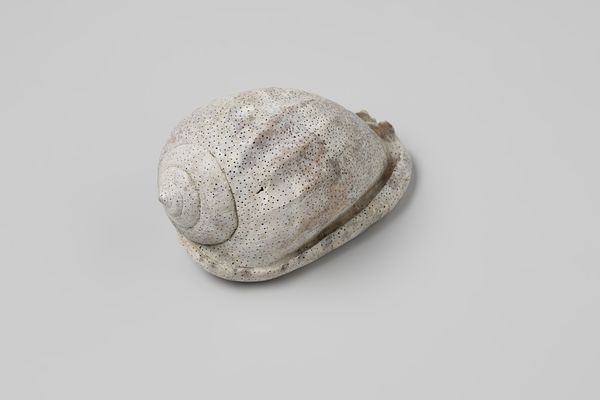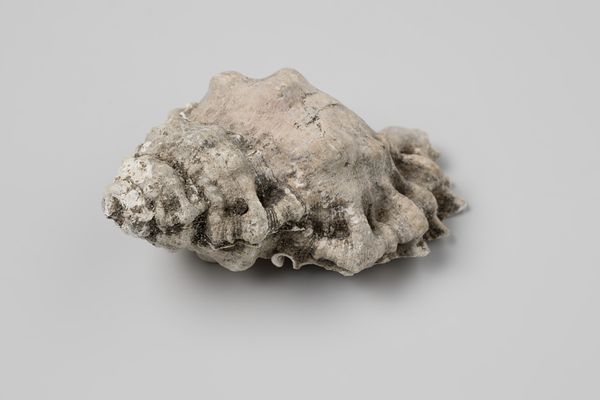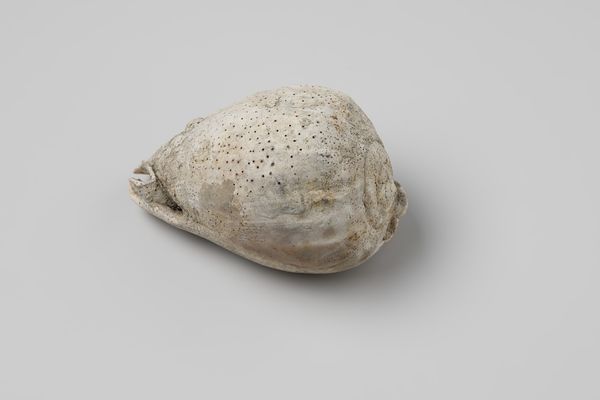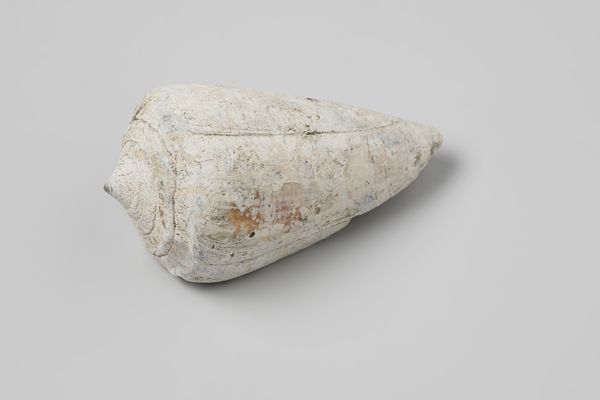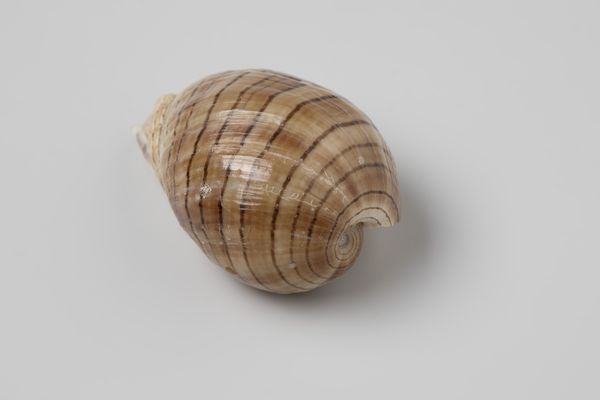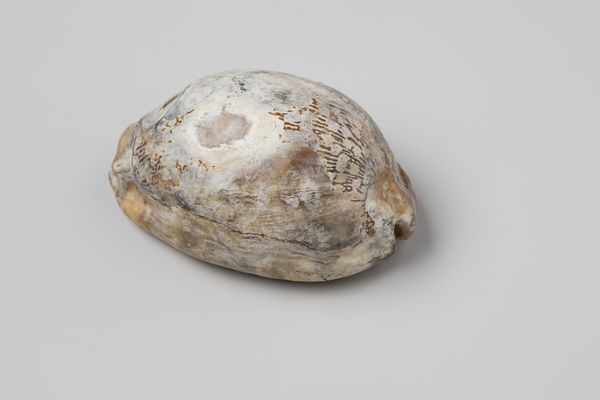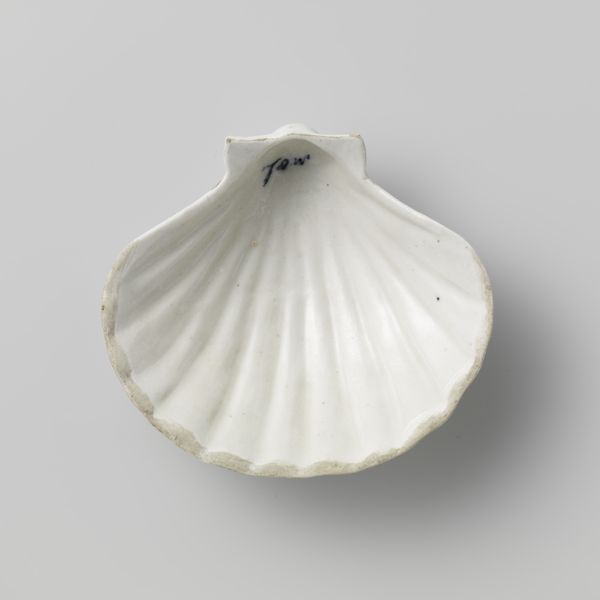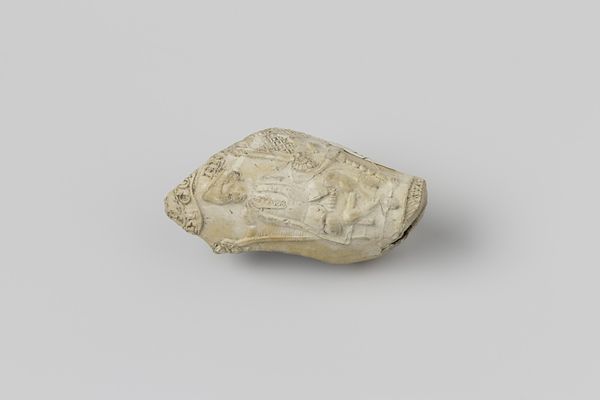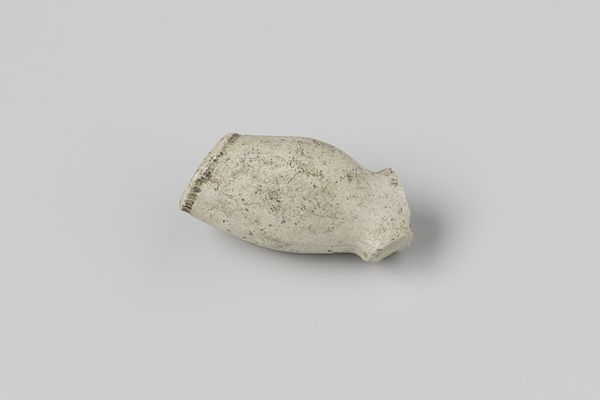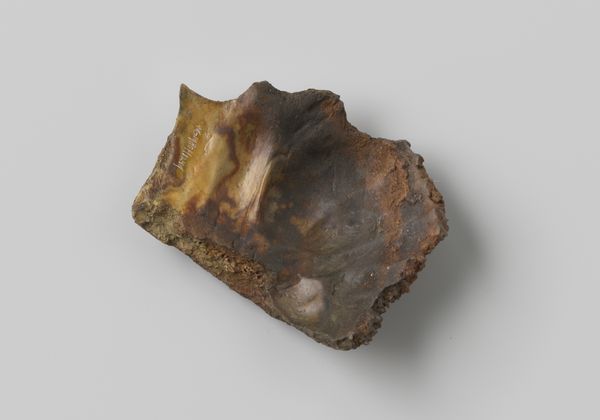
Hippopus shell from the wreck of the Dutch East India ship Witte Leeuw before 1613
0:00
0:00
#
natural substance
#
naturalism
Dimensions: length 10.9 cm, width 13.8 cm, depth 4.6 cm
Copyright: Rijks Museum: Open Domain
This Hippopus shell comes from the wreck of the Dutch East India ship Witte Leeuw. The ship sank in 1613, off the coast of St. Helena. The Dutch East India Company dominated trade in the Indian Ocean during the 17th century. It extracted resources, including spices, textiles, and precious materials, often through exploitative labor practices. The Witte Leeuw, like many ships of its time, participated in this system of colonial exchange and exploitation. Objects like this shell were often collected by sailors, but in this context it also stands as a stark reminder of the human cost of global trade. Consider the lives lost during the ship's sinking, and the many people who were affected by the company's actions. This shell serves as a silent witness to a complex history of exploration, exploitation, and cultural exchange.
Comments
No comments
Be the first to comment and join the conversation on the ultimate creative platform.
